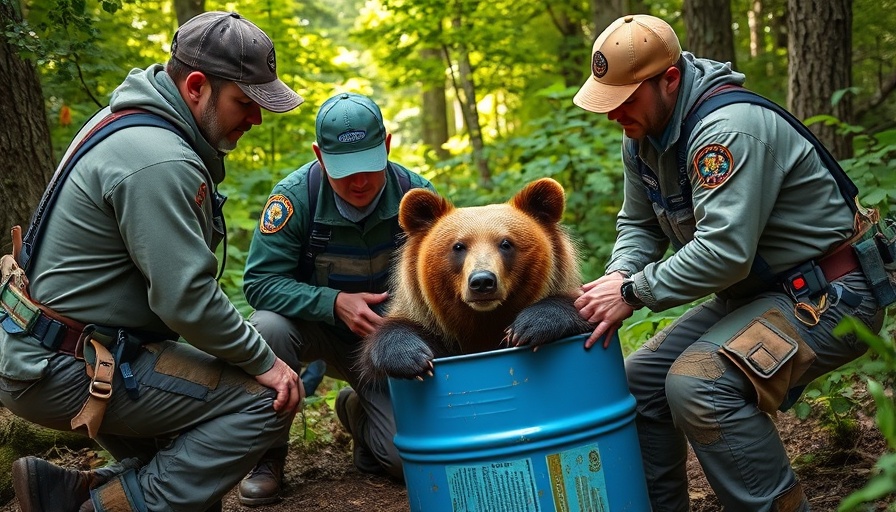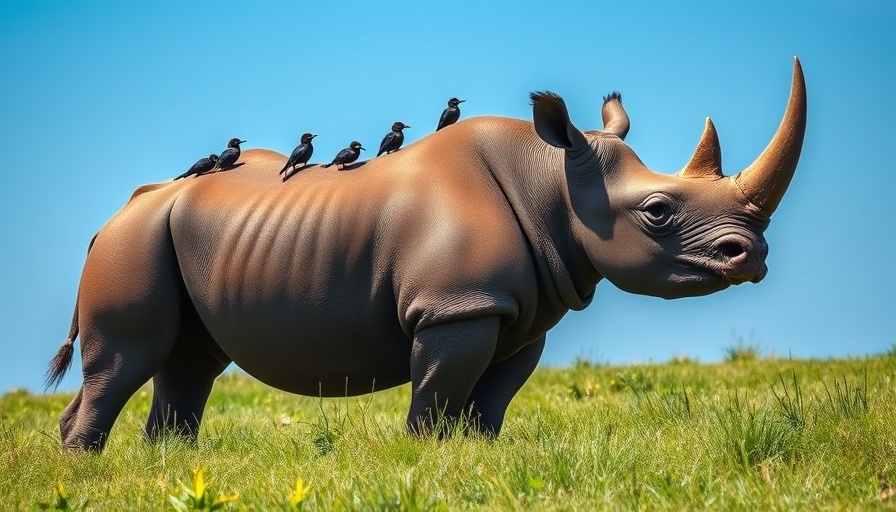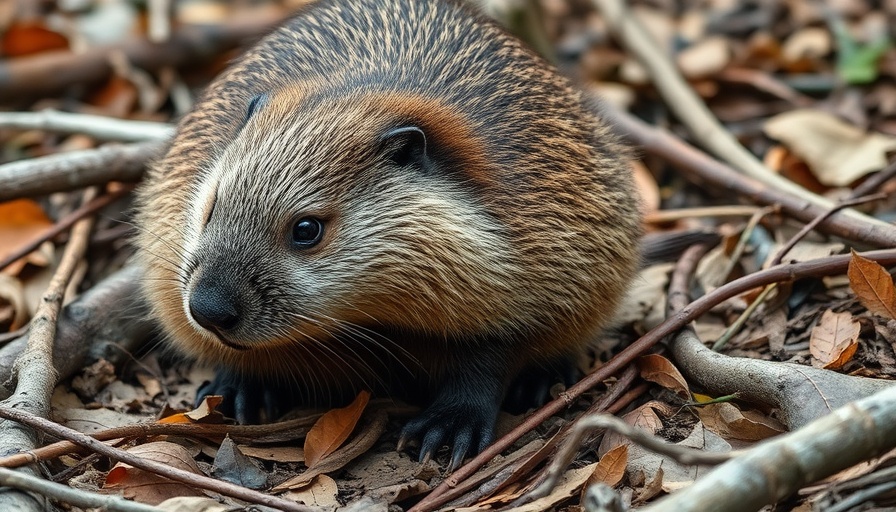
Bear’s Remarkable Survival Against the Odds
A remarkable story has unfolded in Michigan, showing the resilience of wildlife amidst human challenges. A black bear, once spotted as a cub in 2023, was recently freed from a barrel lid that had ensnared its neck for two long years. This bear, weighing around 110 pounds, has become a symbol of survival and the indomitable spirit of nature.
This resilient creature first appeared on trail cameras as a young cub, which gives us insight into its early struggles. The lid, made of hard plastic, raised concerns among wildlife experts regarding how this bear managed to navigate its environment without succumbing to lesser odds. Cody Norton, a state bear specialist, expressed surprise that the bear was found in relatively good condition. "It’s pretty incredible that the bear survived and was able to feed itself," he shared, highlighting the bear's adaptability in the face of significant obstacles.
The Bear’s Rescue: A Community Effort
The rescue of the bear was no small feat. After confirming its presence again through trail camera footage in late May, the Department of Natural Resources set up a cylindrical trap to safely capture the bear. In a delicate operation, the bear was anesthetized, and the lid was carefully cut away. The operations were carried out with utmost care, ensuring the bear woke up and ambled away unscathed.
This event not only signifies a crucial intervention by conservationists but also reflects a strong community interest in wildlife welfare. Such efforts underline the importance of grassroots initiatives in protecting endangered species and restoring balance in our ecosystems.
The Bigger Picture: Threats to Wildlife
While such stories of hope are heartwarming, they are inherently overshadowed by a stark reality. Across the globe, wildlife populations are dwindling at an alarming rate—73% in the last 50 years, driven largely by human activities. This decline is attributed to habitat loss, pollution, climate change, and other factors that threaten biodiversity.
In light of these statistics, the story of this black bear emphasizes the critical need for conservation initiatives that not only remove immediate threats but also advocate for long-term solutions. The community's response to the bear's plight is a reminder that everyone can contribute to wildlife conservation, not just through financial means but by staying informed and advocating for sustainable practices.
Inspiring Community Action for Wildlife Conservation
This heartwarming rescue can catalyze awareness regarding wildlife conservation and inspire proactive measures. Just like the bear’s journey, each person can make contributions—big or small—toward protecting endangered species and their habitats. Whether it’s participating in local clean-ups, supporting wildlife organizations, or simply spreading the word about conservation, each action plays a role in fostering a healthier planet.
As we reflect on this bear’s story, let it remind us of the importance of understanding our impact on the natural world, nurturing our ecosystems, and creating a sustainable future for wildlife and ourselves.
Join in the efforts to protect wildlife and donate as little as $5 to organizations dedicated to conservation. Each contribution helps to ensure that stories of resilience like this one continue.
 Add Row
Add Row  Add
Add 




Write A Comment